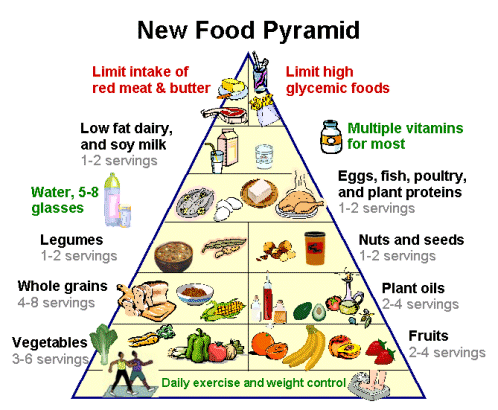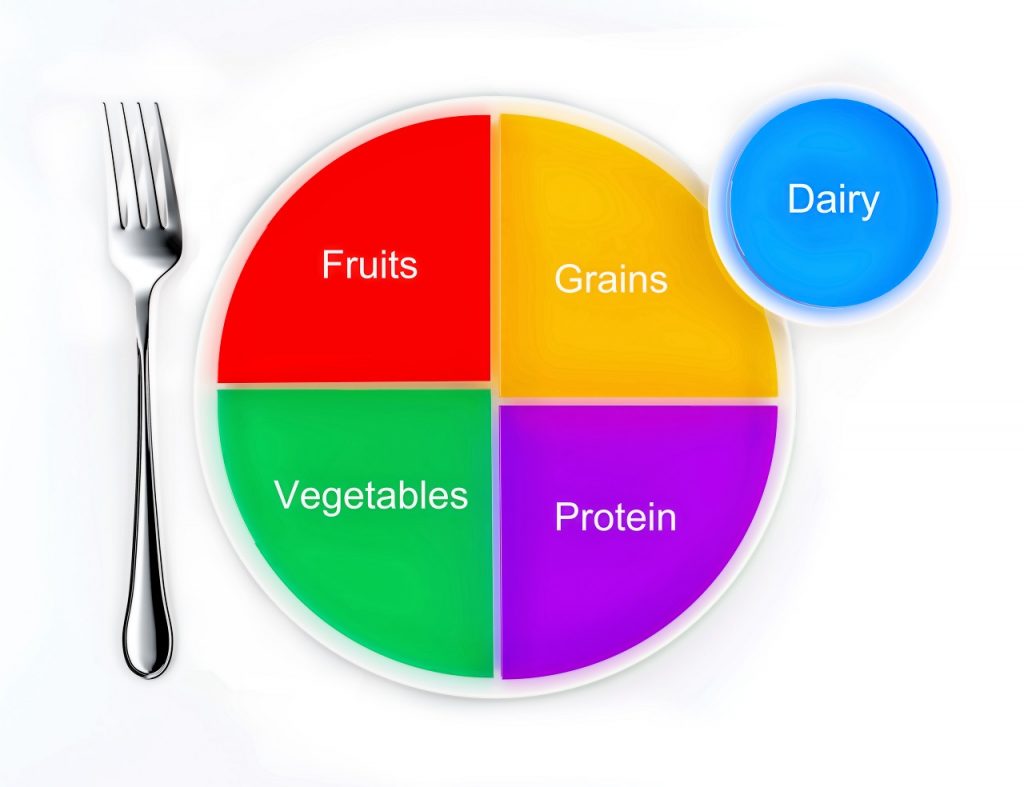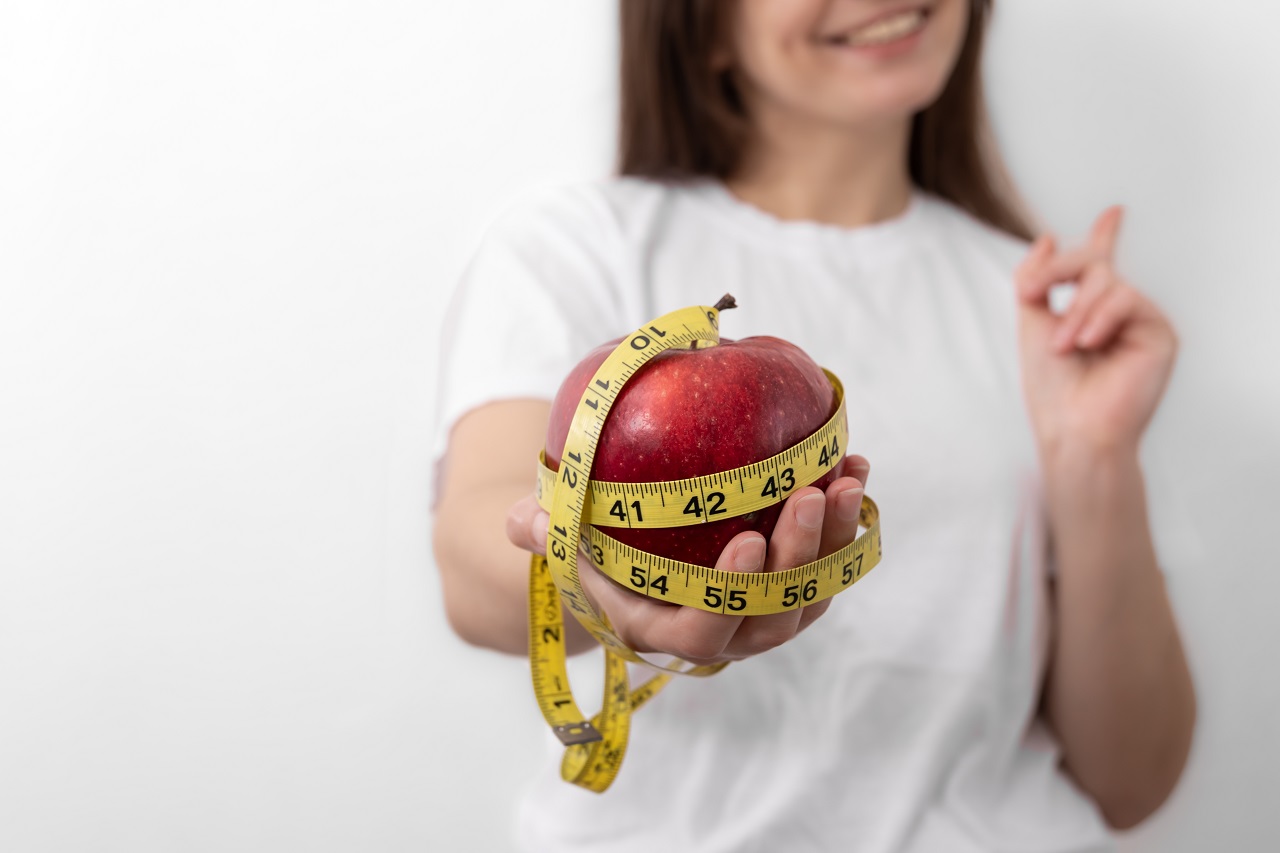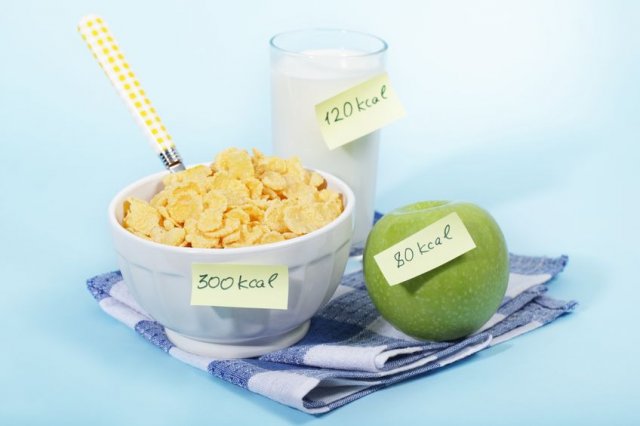
CALORIE- a term that haunts many of us …And Counting Calories was one such thing that drove me crazy in the last 2 years. Somehow I always felt and many of you will agree, that, all the tasty and delicious food of the world has tons of calories, whereas the ones which we don’t find tasty, has fewer..
Two years back when I started my weight loss journey, my greatest difficulty was keeping a count of calories all the time. But then, it seemed to be the only option to lose weight. I was told that my calorie intake should be between 1200 cal- 1500 cal. Left with no choice, I did that for quite some time. Opting for low calorie food, staying hungry, doing cardio but sadly, the result was minor weight loss with pain in my knees, low energy levels and pale skin.
I was unable to understand the reason for so many health problems. I was eating a healthy low cal diet (which seemed to be healthy then), was doing 45 min of cardio followed by strength training. Hence, I started reading about calories and weight loss. But, all my reading led to more confusion and I finally decided to do a course in nutrition. And that is when my understanding about being fit and healthy started to evolve. My studies made me identify the areas where I was lacking. I was so conscious of calories but was not paying any attention to food and its quality.
Calorie is just a unit of measurement for energy content. It tells us how much energy we get by burning the food. And I realized that I should keep the definition of it as it is in my mind, and not make it the focal point of my fitness journey. Carbohydrates contain between 3 and 4 kcal per gram; proteins are about the same; fats contain approximately 9 kcal per gram. I was of the mindset that for weight loss to happen, I have to decrease the intake of calories and increase the output by staying physically active. But, things are not as simple as they appear. There is much more needed for correct weight loss to happen and to have a lean and fit body. And that much more is NUTRITION. From where these calories are coming is something that matters the most. For example – if a person consumes 1200 calories from processed food and the other consumes 1200 calories from balanced diet which has carbs, proteins , fats and fiber … which one do you think will experience weight gain ? The answer is known to all of us- obviously the one consuming calories from processed food. So yes, 1200 calories matters but, what matters the most is- what these calories do in and to our bodies and from where these calories are coming i.e. the quality of the food. Eating fewer and fewer calories does not result in better weight loss. When our body senses an energy deficit, it slows its metabolism by reducing the output of important hormones.
Thanks to my diet, I feel energetic throughout the day, my stamina for running has improved. I don’t feel any joint pain and I am sure I will soon be running a marathon, (something that I have always wanted to do)
The journey from calorie counting to nutrition-focused eating is a transformative one. Discovering the true significance of food quality over mere numbers has reshaped the approach to fitness for many. As we celebrate the realization that health is not just about counting calories but nourishing our bodies, let’s embrace a holistic understanding of nutrition for a sustainable and vibrant life. Share your own journey in the comments below and inspire others on their path to well-being. For further information or guidance, reach out to our certified experts by subscribing to GOQii’s Personalised Health Coaching here.
#BeTheForce
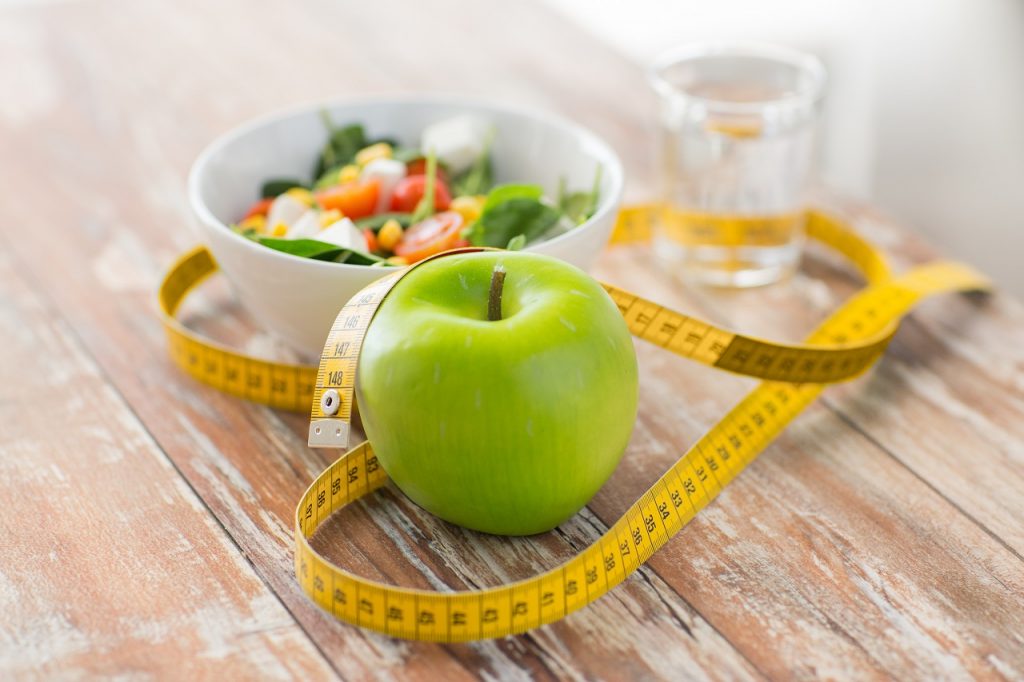 Do you know the long kept “Secret of Diet”? Have you heard about it? In this article I would like to share it with you. It is a mantra to facilitate weight loss, regulate diabetes, hypertension and many such diseases taking good care of your immune system as well as vital organs. I am sure you must be familiar with these idioms i.e
Do you know the long kept “Secret of Diet”? Have you heard about it? In this article I would like to share it with you. It is a mantra to facilitate weight loss, regulate diabetes, hypertension and many such diseases taking good care of your immune system as well as vital organs. I am sure you must be familiar with these idioms i.e